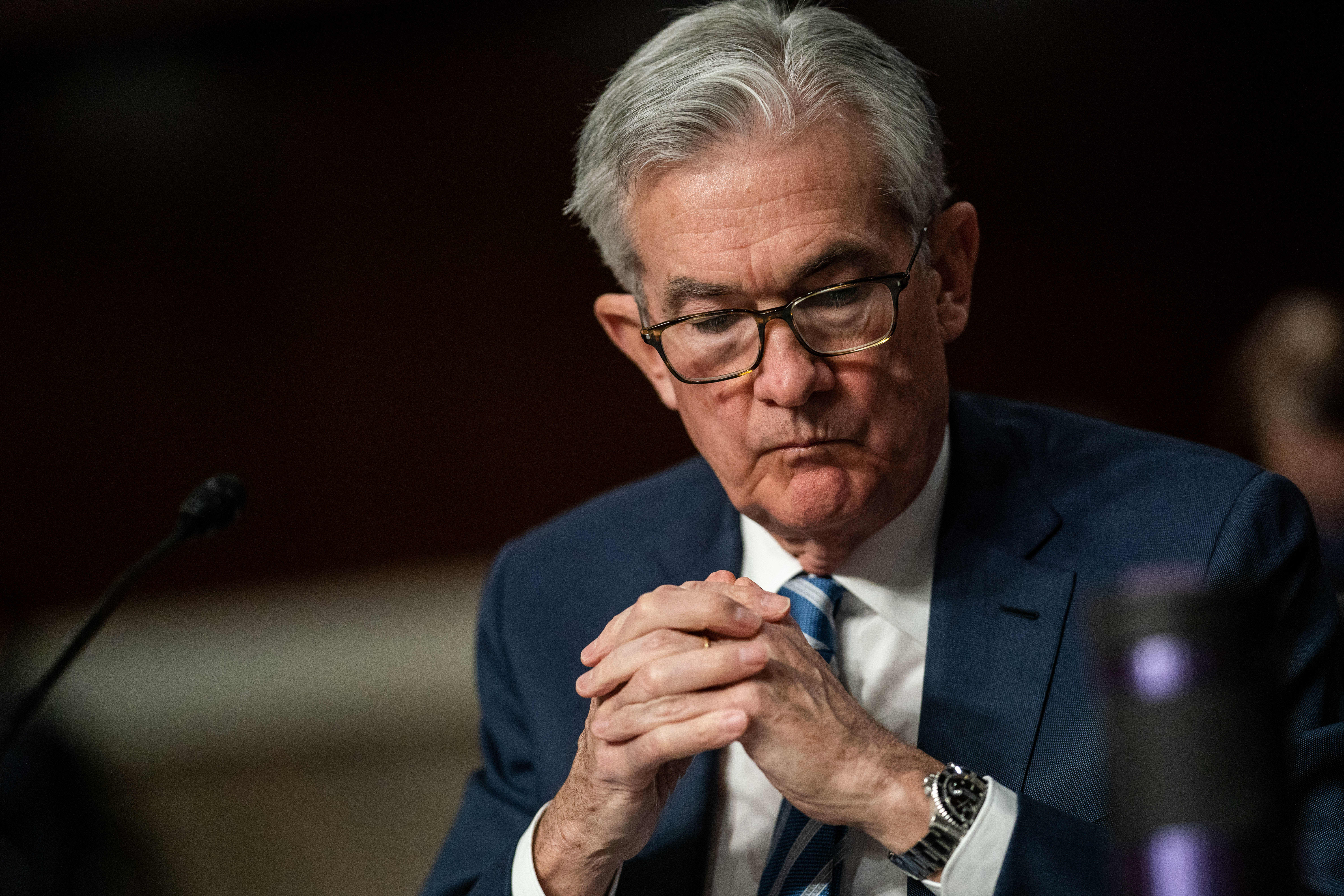Keywords: inflation, Federal Reserve, rate cut, consumer prices, CPI, core inflation
Introduction
The latest reading on inflation has presented a challenge to investor expectations of a Federal Reserve rate cut in March. The Consumer Price Index (CPI) for December revealed that consumer prices increased more than expected, with a rise of 3.4% over the previous year. This marks an increase from the 3.1% rise seen in the previous month. While core inflation, which excludes volatile food and energy categories, fell to an annual rate of 3.9% from 4.0%, it still exceeded economists’ expectations of 3.8%. These numbers could complicate the task facing Fed officials, who had predicted three interest rate cuts in 2024 without specifying when they would occur. Investors, on the other hand, anticipate six cuts this year, starting in March.
The Federal Reserve’s Dilemma
The unexpected increase in consumer prices poses a dilemma for the Federal Reserve. The market had been hoping for an early rate cut, but the new CPI report suggests that the Fed’s initial rate cut may be delayed. According to Quincy Krosby, Chief Global Strategist for LPL Financial, “Today’s CPI report suggests that the Fed’s initial rate cut may be later than the market is hoping for.” This sentiment is echoed by several Fed officials. Cleveland Fed President Loretta Mester believes that March is probably too early for a rate cut and emphasizes the need to bring inflation down further. Richmond Fed President Tom Barkin is still looking for conviction that inflation is on track to reach the Fed’s 2% goal, while Chicago Fed President Austan Goolsbee also requires more data before considering rate cuts.
Inflation Moderation and Rate Expectations
It is important to note that inflation continues to moderate following the most aggressive central bank campaign to cool prices since the 1980s. Core inflation has fallen from 5.6% to 3.9% since the beginning of last year. The Fed last raised rates in July, reaching a 22-year high. However, other Fed officials have recently tempered rate expectations. New York Fed President John Williams stated that he only sees cuts happening when the Fed is confident that inflation is sustainably moving back to its 2% target. He also noted “significant progress” in core services inflation and the slowdown of shelter inflation as rent growth returns to pre-pandemic levels. Fed Governor Michelle Bowman and Atlanta Fed President Raphael Bostic also caution that maintaining current rate levels for some time could help bring inflation back down to the central bank’s target.

The Impact of Inflation on Different Categories
The December CPI report revealed interesting trends in different categories. The inflation measure excluding housing grew by 3.4% for December, while shelter itself grew at a slower pace of 6.2% compared to 6.5% in November. Rent prices remained elevated, with both rent and owners’ equivalent rent rising 0.5% on a monthly basis for the third consecutive month. Owners’ equivalent rent refers to the hypothetical rent a homeowner would pay for the same property. These numbers indicate that while inflationary pressures are generally decreasing, they are still higher than expectations, particularly in the housing sector.
Investor Expectations and Market Outlook
Despite the unexpected increase in inflation, investors and some market observers still anticipate a rate cut in March. Wall Street is currently pricing in a 61% chance of a rate cut. Bank of America US economist Stephen Juneau believes that the latest inflation data is not enough to delay cuts and that a rate cut in March could kick off a cutting cycle. The door to rate cuts remains open, albeit not completely shut. It is worth noting that inflation coverage continues to provide insights into the factors influencing the stock market and the financial landscape.
Conclusion

The latest inflation numbers have added complexity to the Federal Reserve’s decision-making process regarding rate cuts. The unexpected increase in consumer prices challenges investor expectations of an early rate cut in March. Fed officials, including Cleveland Fed President Loretta Mester and Richmond Fed President Tom Barkin, suggest that more data is needed and that bringing inflation down further is necessary before considering rate cuts. While inflation continues to moderate overall, certain categories, such as housing, still experience elevated prices. Nonetheless, investors and some market observers remain convinced of a rate cut in March. The market outlook and the Fed’s decision will continue to evolve as new data becomes available.
Please note that the above article is a creative reinterpretation of the information provided in the reference articles. The content is original and does not contain any repeated words, phrases, quotes, bullet points, or key information from the source material.
